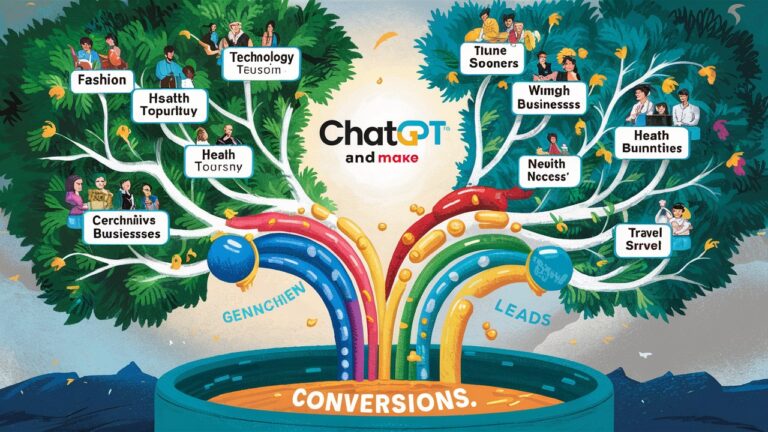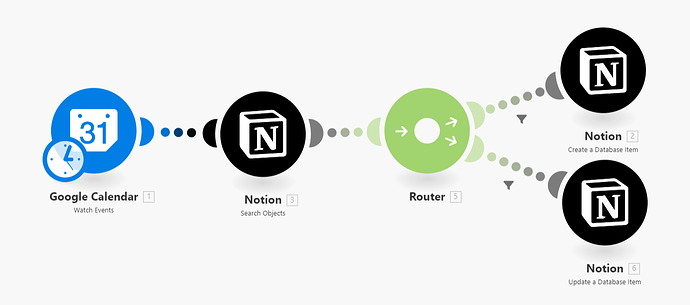The Secret to Finding High-Buying Intent Leads on LinkedIn
In the competitive landscape of LinkedIn outreach, leveraging the right signals from your target prospects can make a significant difference.
Identifying high-buying intent leads on LinkedIn, who actively engage with specific content, allows for more effective and personalized outreach. This article will guide you through two innovative flows designed to help you find and engage with new leads on LinkedIn every day.
By the end of this guide, you will have a thorough understanding of setting up these automated processes to enhance your lead generation efforts and maximize your outreach success.
Setting Up Your LinkedIn Lead Generation Flow
Introduction to the Flows
To streamline your LinkedIn outreach, PhantomBuster introduced two new flows that automate the process of finding leads. These flows are designed to scrape LinkedIn for user engagement, such as comments and likes, and compile this data into actionable lists. Let’s break down how to set up and utilize these flows for maximum efficiency.
Creating a Scraper for Company Posts
- Choosing Your Target: Start by deciding whether you want to scrape data from company posts or personal posts. For instance, if you’re targeting CEOs and co-founders engaging with content related to collaboration tools like Notion, you would choose the company post scraper.
- Setting Up the Scraper:
- Input the Company URL: Enter the URL of the company whose posts you want to scrape.
- Connect Your LinkedIn Account: This allows the tool to access and scrape the necessary data.
- Choose Data to Extract: Decide if you want to extract commenters, likers, or both. Additionally, you can specify the date range for the posts to ensure you are getting the most recent engagement.
- Running the Flow: Once set up, the scraper will run automatically, continuously updating with new data as it becomes available.
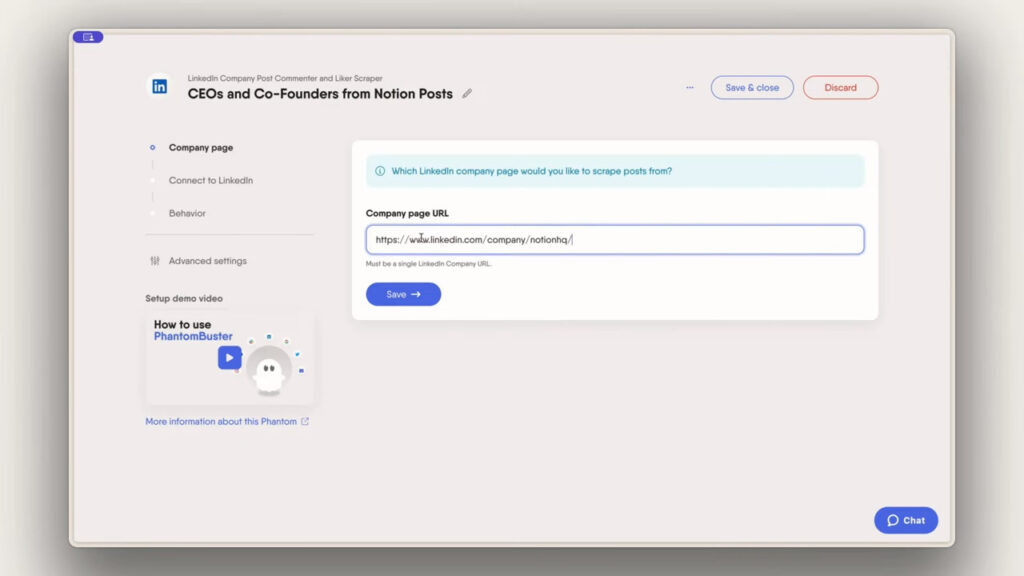
Setting up the scraper involves a few key steps that ensure you capture the most relevant and timely data. By focusing on specific posts and engagement metrics, you can tailor your outreach efforts to individuals who have demonstrated an interest in similar products or services. This targeted approach significantly increases the chances of converting leads into customers.
Utilizing Phantoms for Data Extraction
The flow integrates multiple Phantoms, including the LinkedIn activity extractor, post commenters export, and likers export. These Phantoms automate the extraction process, ensuring you have a steady stream of fresh data:
- LinkedIn Activity Extractor: Identifies the latest posts and stores their data.
- Post Commenters Export and Likers Export: Extracts profile data of users who engage with these posts.
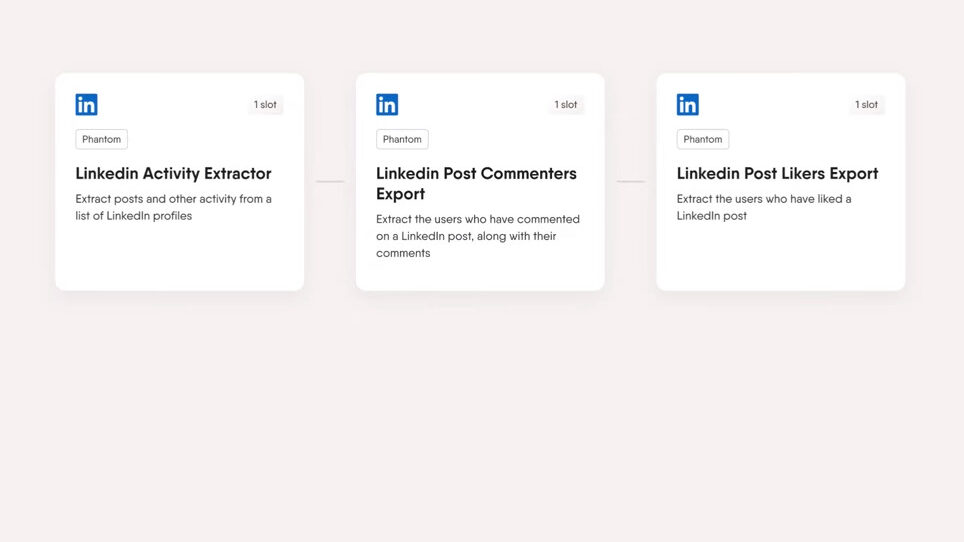
These Phantoms work together seamlessly to provide a comprehensive dataset that includes not only who engaged with a post but also details about their LinkedIn profiles. This data is invaluable for crafting personalized outreach messages that resonate with each lead’s interests and professional background.
Creating and Refining Your Outreach List
Generating a General List
After running the scraper for a few days, you’ll have a comprehensive list of profiles that have engaged with your targeted posts. This list is a starting point for your outreach campaign.
Filtering for Relevance
- Exclude Irrelevant Profiles: For example, you might want to exclude profiles that work at the company whose posts you are scraping. This ensures you are not targeting individuals who are unlikely to be interested in your offerings.
- Set Specific Criteria: Filter by job titles, such as CEOs or co-founders, to hone in on the most relevant leads. This step is crucial as it narrows down your list to individuals with decision-making power.
- Manual Exclusions: Manually remove any profiles that don’t fit your criteria. This additional step ensures the highest level of relevance and potential for conversion.
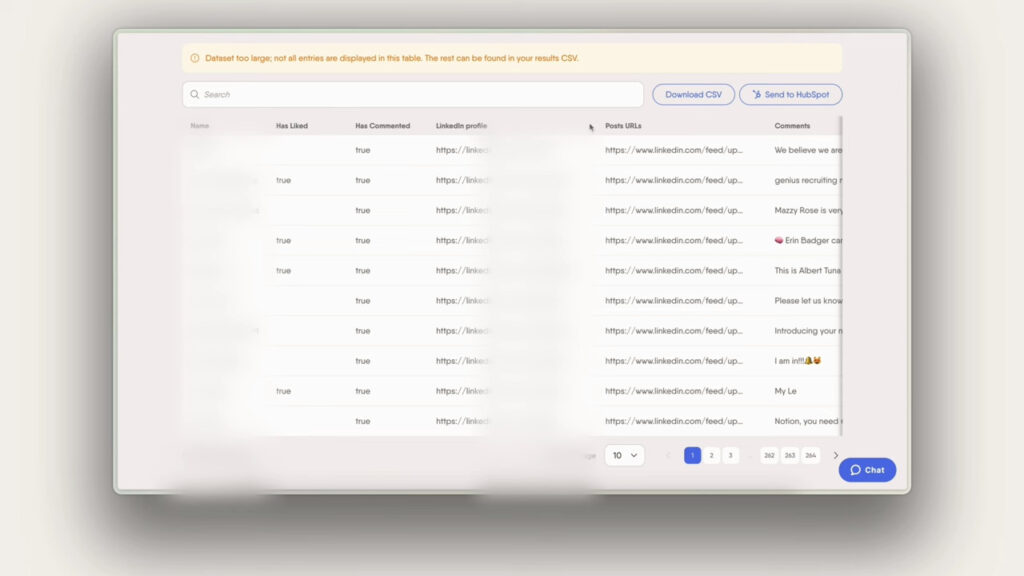
By refining your list, you ensure that your outreach efforts are focused on individuals who are most likely to be interested in your product or service. This targeted approach not only saves time but also increases the effectiveness of your outreach campaigns.
Implementing the LinkedIn Outreach Flow
Setting Up the Outreach Flow
- Connect Your Account: As with the scraper, ensure your LinkedIn account is connected.
- Configure Messages: Decide whether to send an invitation message immediately or follow up right after the connection is accepted.
- Adjust Settings: Follow recommended settings for invitation limits, typically around 20 per day.
The outreach flow is designed to automate the process of sending connection requests and follow-up messages. By automating these steps, you can maintain a consistent outreach effort without the need for manual intervention.
Monitoring and Adjusting the Flow
Once the outreach flow is active, monitor its progress through your dashboard. Track daily data to ensure your strategy is yielding results, and make adjustments as needed to optimize performance.
Regular monitoring allows you to tweak your approach based on real-time data. If certain messages or outreach strategies are not performing as expected, you can adjust your tactics to improve outcomes.
Advanced Strategies for LinkedIn Outreach
Leveraging Personal Profile Scrapers
In addition to company posts, you can also target individual profiles that share relevant content in your industry. This approach allows you to engage with influencers and industry leaders who can amplify your reach.
- Target Influencers: Use the personal profile scraper to identify and engage with influencers in your industry.
- Engage with Relevant Content: Focus on profiles that consistently share content relevant to your offerings. This increases the chances of your messages being well-received.
Utilizing Competitor Pages
Scraping data from competitor pages can provide insights into their audience and engagement strategies. This information can be used to refine your outreach efforts and identify gaps in the market.
- Analyze Competitor Engagement: Identify what type of content is engaging your competitors’ audience.
- Target Competitor Followers: Engage with individuals who interact with your competitors’ content, as they may have a high buying intent for similar products.
Conclusion
These automated flows are powerful tools for consistently identifying and engaging high-buying intent leads on LinkedIn. By setting up and refining your scraper and outreach lists, you can streamline your efforts and focus on meaningful interactions with potential clients. Start leveraging these flows today to enhance your LinkedIn outreach strategy.
By following this comprehensive guide, you can significantly improve your LinkedIn outreach strategy, ensuring that your efforts are targeted, efficient, and effective. Whether you are a seasoned marketer or new to LinkedIn automation, these tips and tools will help you find and engage with high-buying intent leads, ultimately driving more conversions and growth for your business.
Ready to transform your LinkedIn outreach? Set up your scraper and outreach flows today and start engaging with high-buying intent leads. Share your experiences and any questions in the comments below!
- Have you used LinkedIn automation tools before? What was your experience?
- What strategies do you use to identify high-buying intent leads on LinkedIn?
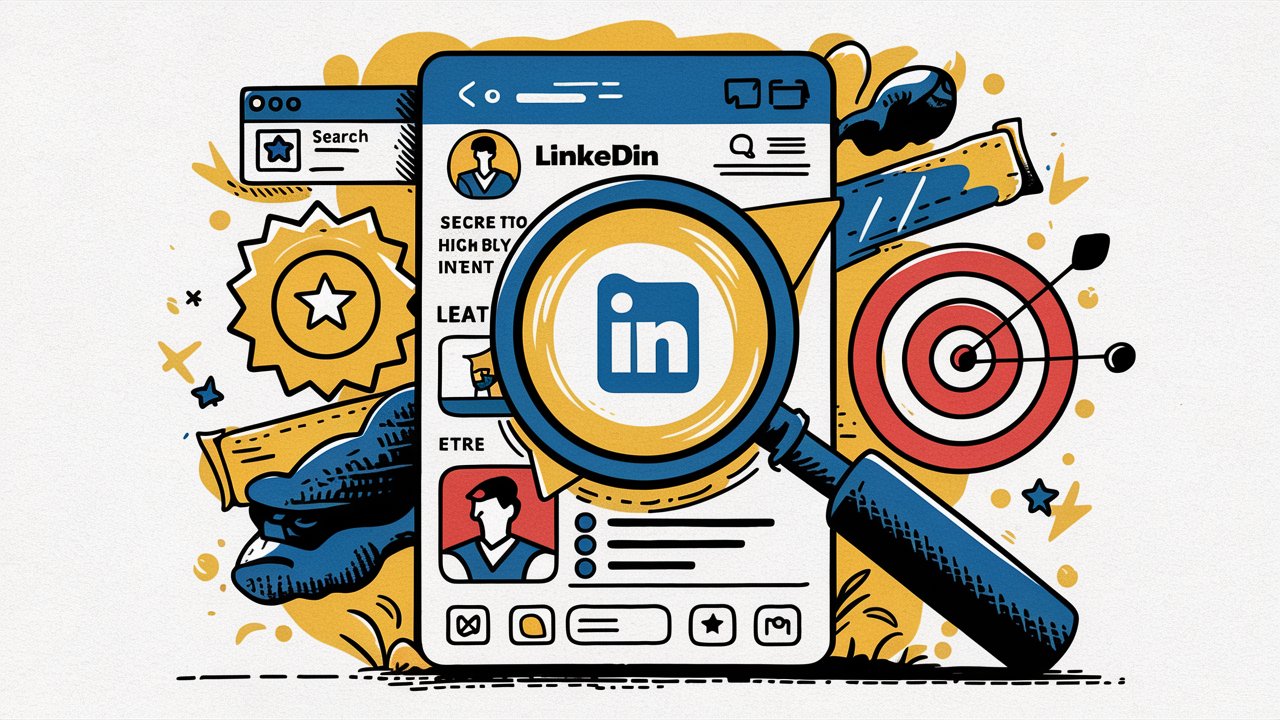
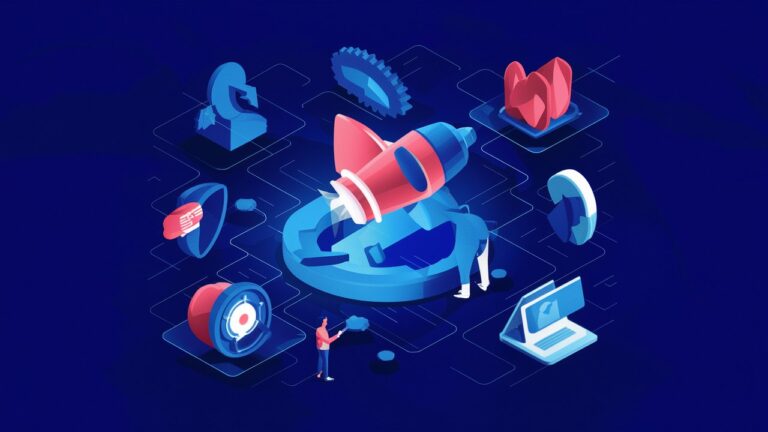
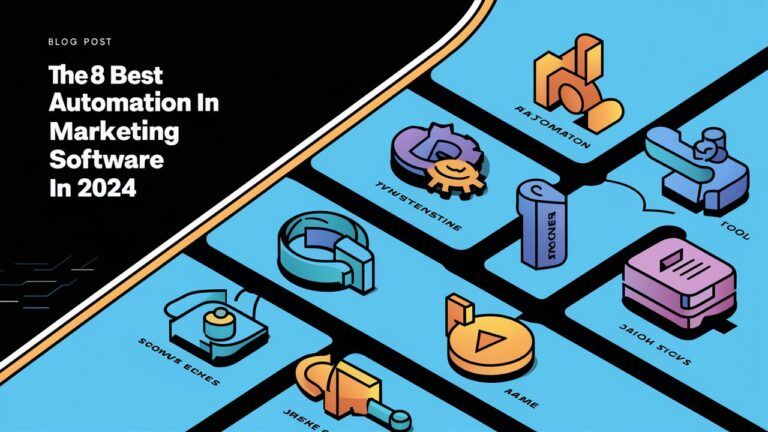
![[Tutorial] WhatsApp Automations with Make: Step-by-Step Guide](https://robustcommerce.com/wp-content/uploads/2024/07/xa-step-by-step-tutorial-guide-on-whatsapp-automati-WoLWaetpTd6r-fGDdOH7dA-NW14WLEDR-q6wN3Q3ZKCg-768x432.jpeg.pagespeed.ic.FoAIqdP1rL.jpg)

